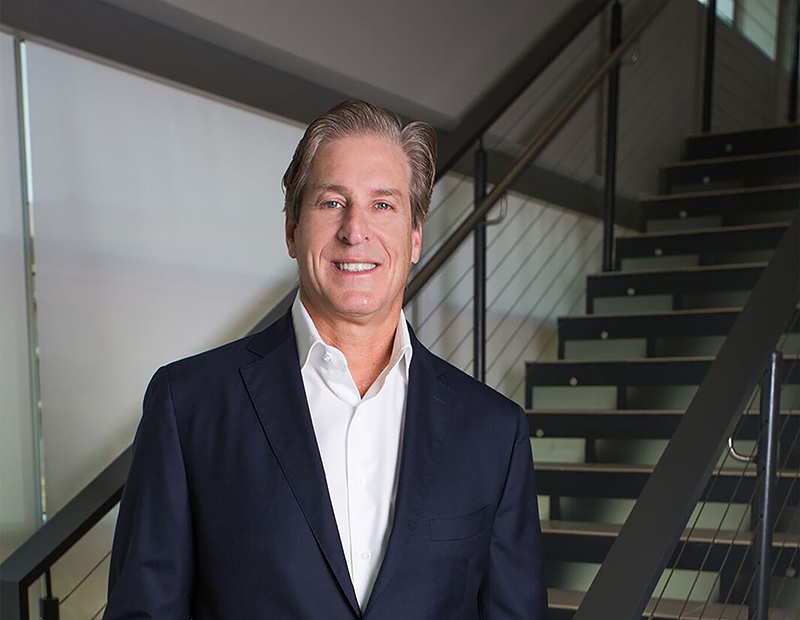Q&A: The Next Step in Self-Storage Development
Miami City Self Storage’s Jay Massirman provided insight on South Florida’s growing self-storage market and revealed the company’s focus for new developments.
By Evelyn Jozsa
The self-storage industry has gone through significant changes over the last decade. This asset class has become attractive to investors, and developers do not just focus on supplying demand. Reinventing the design of self-storage facilities is also key to the booming industry. Jay Massirman, partner with Miami City Self Storage, discussed with Commercial Property Executive about what makes the South Florida self-storage market appealing, what are the most prominent features a facility shouldn’t lack in 2018 as well as the economy’s impact on the industry.
What makes the South Florida self-storage market attractive?
Jay Massirman: The South Florida market became very attractive for new development starting in about 2010. At that time, it would have been approximately 10 years since the last wave of self-storage development was delivered and South Florida was and still is in an upsurge of growth and expansion. Today, of course, many of the desirable submarkets are in either equilibrium or potentially oversupplied.
What strategy do you use when choosing a new storage location?
Massirman: Strategy varies, but generally we look at rates in the market. We look to see what the competition looks like and we also look to see what new projects are planned or under construction. Since our model for development is primary urban infill, we look only to those closer to submarkets with the highest population density. For example, there has been huge activity in Miami’s up and coming Wynwood district, so we built a new location just a few blocks away.
What are the key features/amenities that a storage facility shouldn’t lack in 2018?
Massirman: The important features to provide are clean, safe, well-lit and well-located storage spaces. Additional amenities may include security gating, additional parking, concierge services and some retail to potentially complement the development. In today’s society, VIP treatment is something all consumers are expecting when it comes to customer service, so providing these features and amenities is a must.
The MCSS developments are Generation V storage facilities. What new elements do they bring to the market?
Massirman: Among the modern facilities, I think these projects bring a certain curb appeal where they present themselves as more of an architectural statement. You are seeing more vertical buildings with colorful designs and glass exteriors. Interiors must be comfortable and climate-controlled for the customer. We are looking to incorporate ground-floor retail into future projects so customers can take breaks from moving items to and from their units and enjoy a cup of coffee or a bite to eat.
MCSS has recently formed Pacific Storage Partners together with Cypress Equity Investments. The joint venture targets Los Angeles and Northern California. What challenges does this market present compared to South Florida?
Massirman: I would say many of the challenges are similar, but, in California, the barriers to entry are much higher. We are targeting markets with very high rent profiles, considering the land prices tend to be a lot more expensive than in South Florida. Also, the densities do not exist in many of the municipalities, which creates a better opportunity when the projects do get approved. But we found that if you can navigate the challenges and get a project off the ground, you will likely see success considering the lack of competition in the area.
How do current economic trends impact the self-storage business?
Massirman: There are many factors that support self-storage today, such as demographic shifts to the cities and smaller living spaces in more urban-oriented development. There is an increasing amount of Baby Boomers who are deciding to downsize in favor of a more vibrant urban lifestyle. Less living space equates to less room for important items. That should keep demand for self-storage facilities in dense neighborhoods strong.
Image courtesy of Miami City Self Storage








You must be logged in to post a comment.